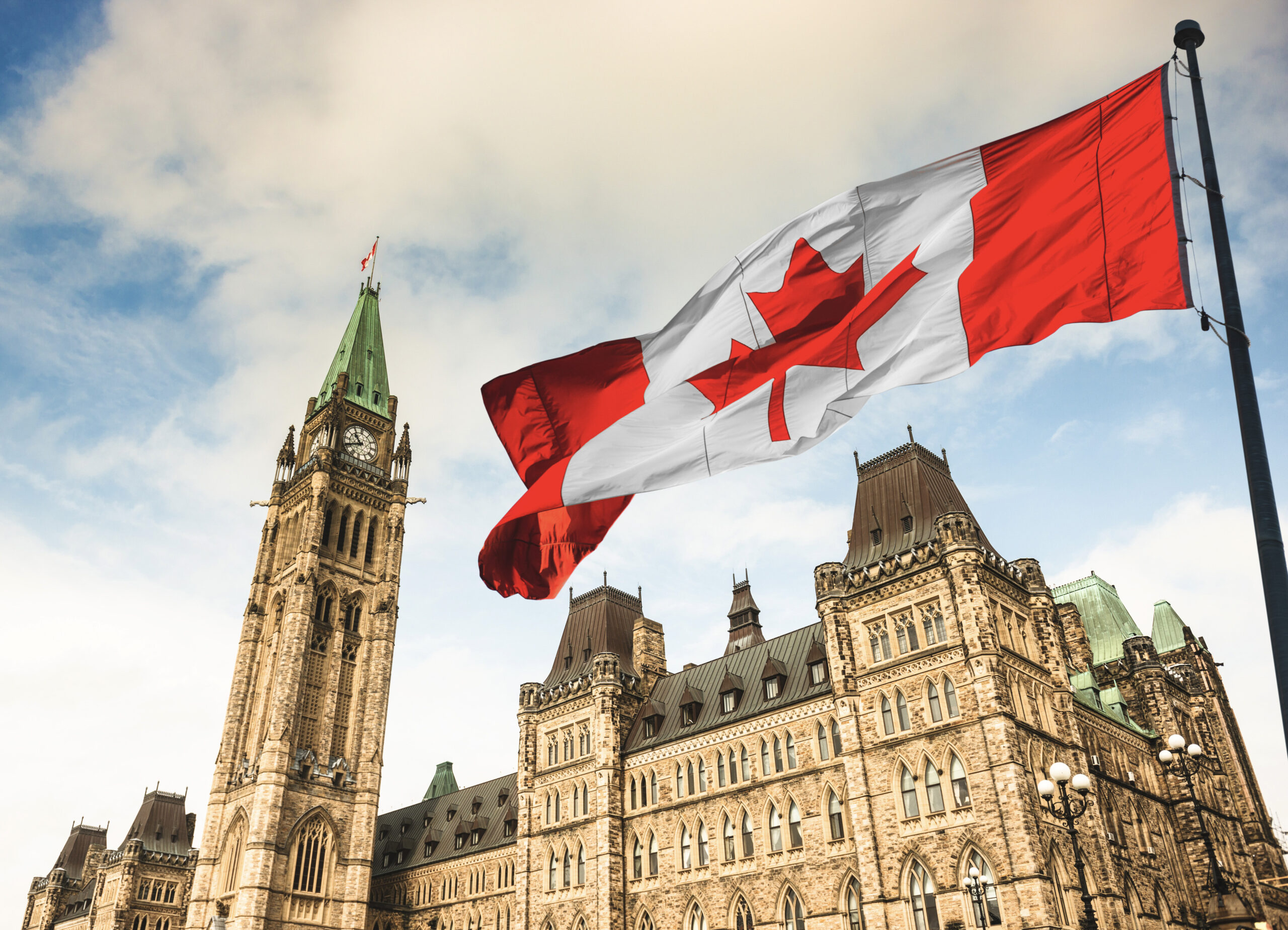
Provincial Immigration Programs Face Challenges with Drastic Cuts in 2025 Targets
Table of Contents:
- Introduction
- Provincial Immigration Ministers Express Concerns
- Impact of Reduced Provincial Immigration Allocations
- Changes in the Northwest Territories and New Brunswick Immigration Programs
- Explaining the 2025 Immigration Levels Plan
- The “In-Canada Focus” Category: A Potential Lifeline
- Impact on Labour Markets and Economic Growth
- Looking Ahead: What to Expect in 2025
- Conclusion
1. Introduction
Provincial immigration programs in Canada are grappling with significant changes to their 2025 immigration targets. With many provinces expecting to welcome fewer newcomers due to slashed immigration allocations, provincial ministers are pushing for more flexibility and higher quotas to meet their economic and demographic needs. These reductions come alongside delays in the re-opening of several Provincial Nominee Programs (PNPs) that could further delay the immigration process for potential newcomers.
2. Provincial Immigration Ministers Express Concerns
Provincial immigration ministers, especially from Manitoba and Newfoundland and Labrador, have voiced their dissatisfaction with the reduced immigration targets for 2025. These provinces have been hit particularly hard by the slashing of allocations, and their leaders are advocating for more immigration to fill labor shortages and contribute to local economies. Alongside these challenges, the re-opening of the Northwest Territories Provincial Nominee Program (NTNP) has also been delayed, which was initially set to accept 100 new applications by mid-January 2025.
New Brunswick has also announced changes to its 2025 provincial immigration strategy, adjusting its economic immigration programs in response to broader shifts in Canada’s immigration system.
3. Impact of Reduced Provincial Immigration Allocations
The sharp reduction in provincial immigration targets is primarily a result of changes made to Canada’s overall immigration strategy for 2025. The federal government’s decision to cut provincial allocations by half compared to 2024 levels has left provinces scrambling to adapt. This adjustment will have major consequences, particularly in regions where immigration is a key factor in supporting regional economies and addressing labor shortages.
Below is a breakdown of the anticipated provincial immigration targets for 2025 compared to the original projections:
| Year | Projected Provincial Immigration Targets | Revised Provincial Immigration Targets |
|---|---|---|
| 2024 | 110,000 | 110,000 |
| 2025 | 120,000 | 55,000 |
| 2026 | 55,000 | Not yet confirmed |
4. Changes in the Northwest Territories and New Brunswick Immigration Programs
In addition to the reduction in provincial immigration targets, some territories and provinces have had to postpone or alter their immigration plans. The Northwest Territories, for example, had intended to open its Provincial Nominee Program (NTNP) to 100 applications by January 2025, but this has been delayed indefinitely. This postponement marks another setback for prospective immigrants hoping to secure a spot under the NTNP.
Similarly, New Brunswick has announced adjustments to its immigration programs, with a focus on ensuring the continued smooth operation of its economic immigration pathways despite the reduced federal allocations.
5. Explaining the 2025 Immigration Levels Plan
The Immigration Levels Plan is a document published annually by the federal government, detailing the targets for various immigration categories, including Provincial Nominee Programs (PNPs), family reunification, refugees, and other categories. For 2025, Minister Marc Miller announced a 50% cut to the PNP’s overall allocation, dramatically reducing the number of immigrants provinces will be able to welcome through these programs.
It’s important to note that these cuts only impact the final admissions for provincial immigration, not the Invitations to Apply (ITAs), which are issued earlier in the immigration process. The reduction in targets is part of a broader strategy to streamline immigration processes and ensure that Canada meets its overall immigration goals for 2025 and beyond.
6. The “In-Canada Focus” Category: A Potential Lifeline
In an attempt to mitigate the impact of the reduced PNP allocations, the federal government has introduced a new subcategory within its immigration strategy for 2025 known as the “In-Canada Focus” category. This initiative prioritizes the nomination of individuals already living in Canada under the Canadian Experience Class (CEC) and other enhanced PNP pathways.
This category will allow more immigrants to be nominated by provincial governments for permanent residency, potentially helping to address some of the labor shortages provinces are facing. However, it is uncertain whether this will fully compensate for the dramatic reductions in PNP allocations.
The “In-Canada Focus” category will see an allocation of 82,890 admissions in 2025, although experts are still evaluating its overall impact on the broader provincial immigration landscape.
7. Impact on Labour Markets and Economic Growth
Provincial immigration programs are crucial for maintaining labor force stability, especially in regions with significant skills gaps. Immigrants play an essential role in meeting labor market demands and supporting industries like healthcare, construction, and technology. The reduced provincial immigration targets could exacerbate existing worker shortages in key sectors, potentially slowing economic growth in certain regions.
For provinces like Manitoba, which rely heavily on PNPs to address local workforce needs, the cuts to provincial immigration targets are seen as a major setback. Reducing the number of immigrants entering the labor market could strain local businesses and hinder economic development.
8. Looking Ahead: What to Expect in 2025
Looking ahead, it’s clear that provincial immigration programs will need to adapt to the new federal immigration allocations. Provinces will likely prioritize applications from candidates with skills that are in high demand, and may also focus on programs that can fill specific gaps in local economies.
In the meantime, many provincial immigration ministers will continue advocating for more flexibility in immigration policies, particularly to ensure that key sectors are not left underserved.
9. Conclusion
Canada’s Provincial Nominee Programs are facing a challenging landscape in 2025 due to significant reductions in provincial immigration targets. While the introduction of the “In-Canada Focus” category offers some hope, it is clear that provinces will have to adapt their strategies to cope with fewer new immigrants. The impact of these changes will likely be felt across various sectors, particularly in labor markets where immigrants have long played a key role in addressing shortages.
For those looking to immigrate to Canada, it’s more important than ever to stay informed about the latest changes to the immigration system and adjust expectations accordingly. Provincial immigration ministers will continue to work with the federal government to advocate for solutions that meet both regional and national needs.
For a consultation about Immigration options, reach out to the CAD IMMIGRATION today!





